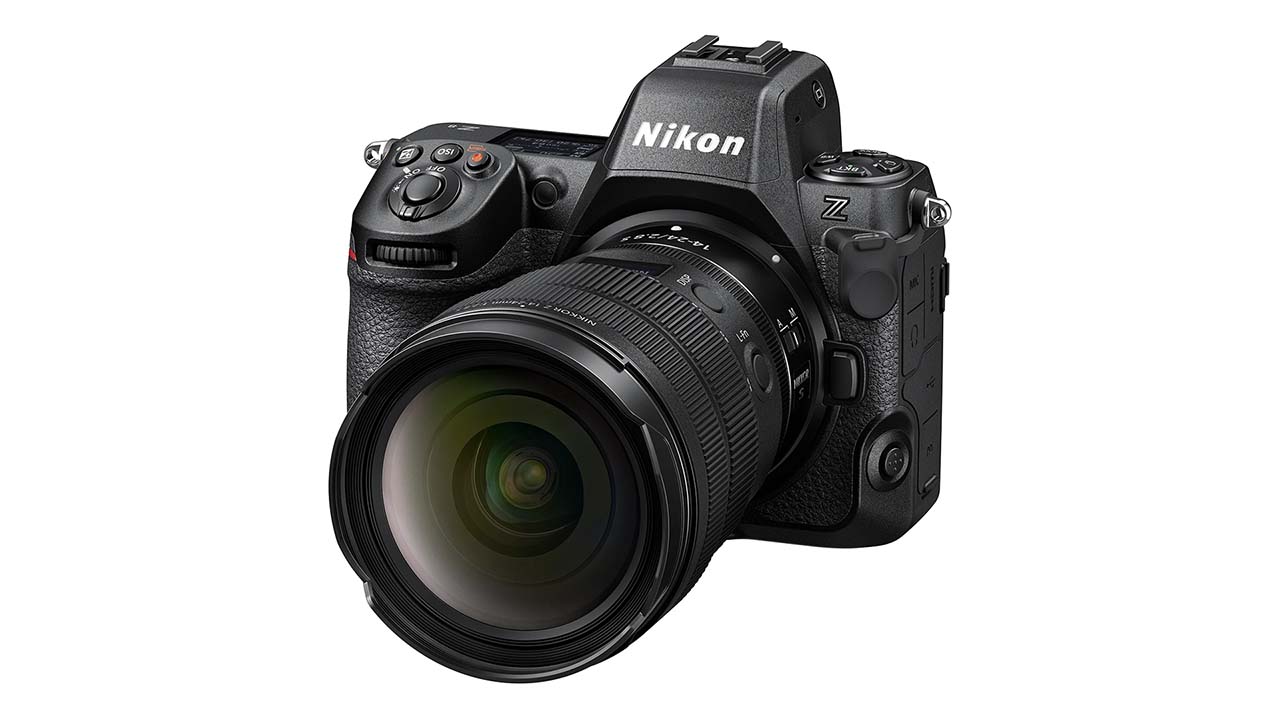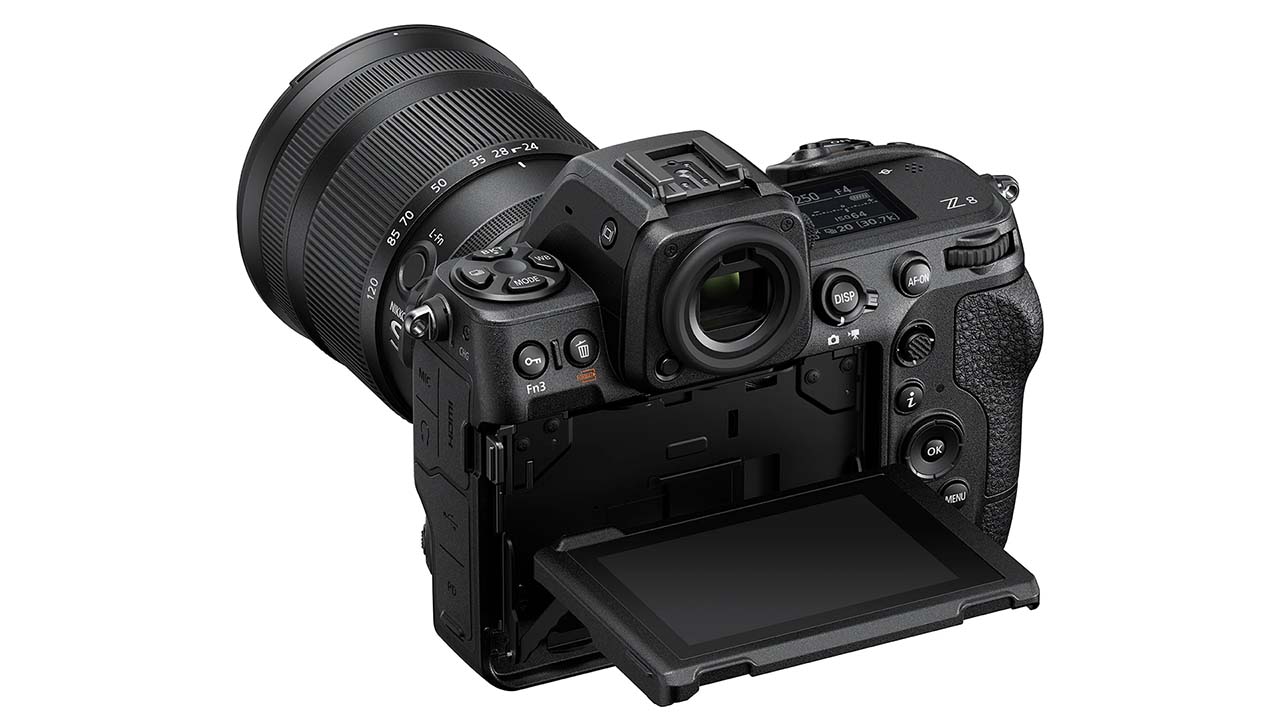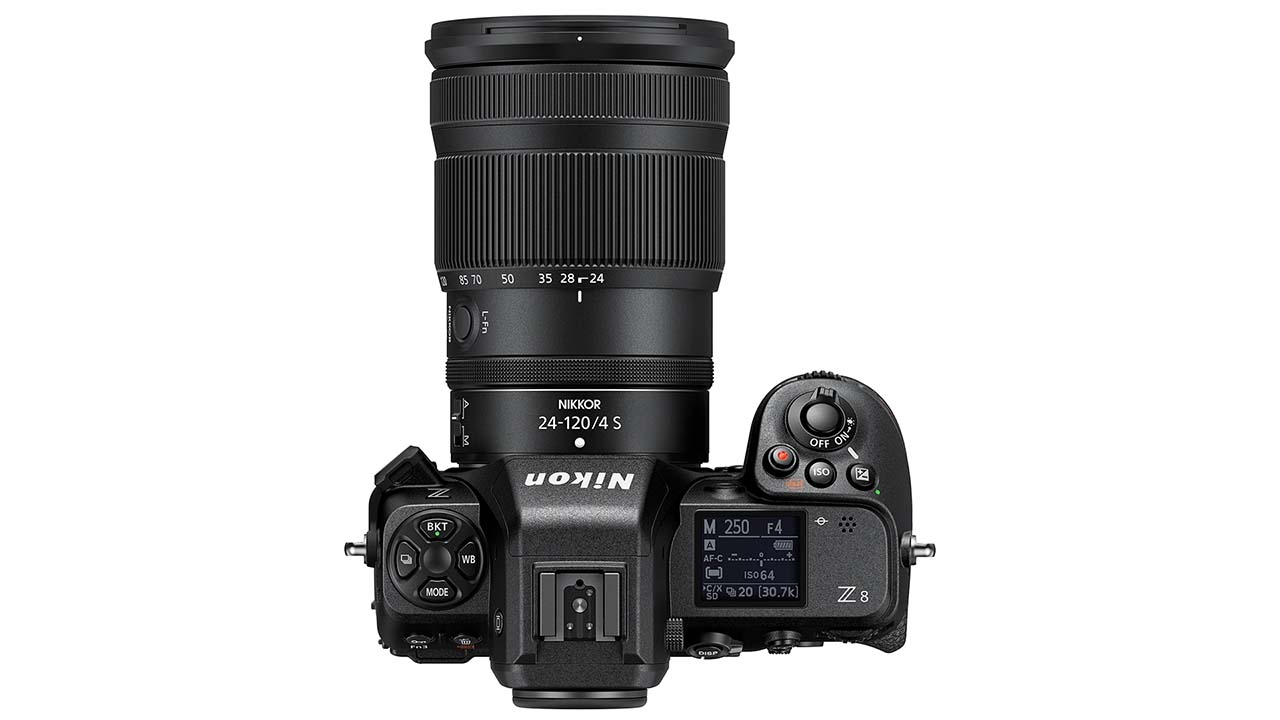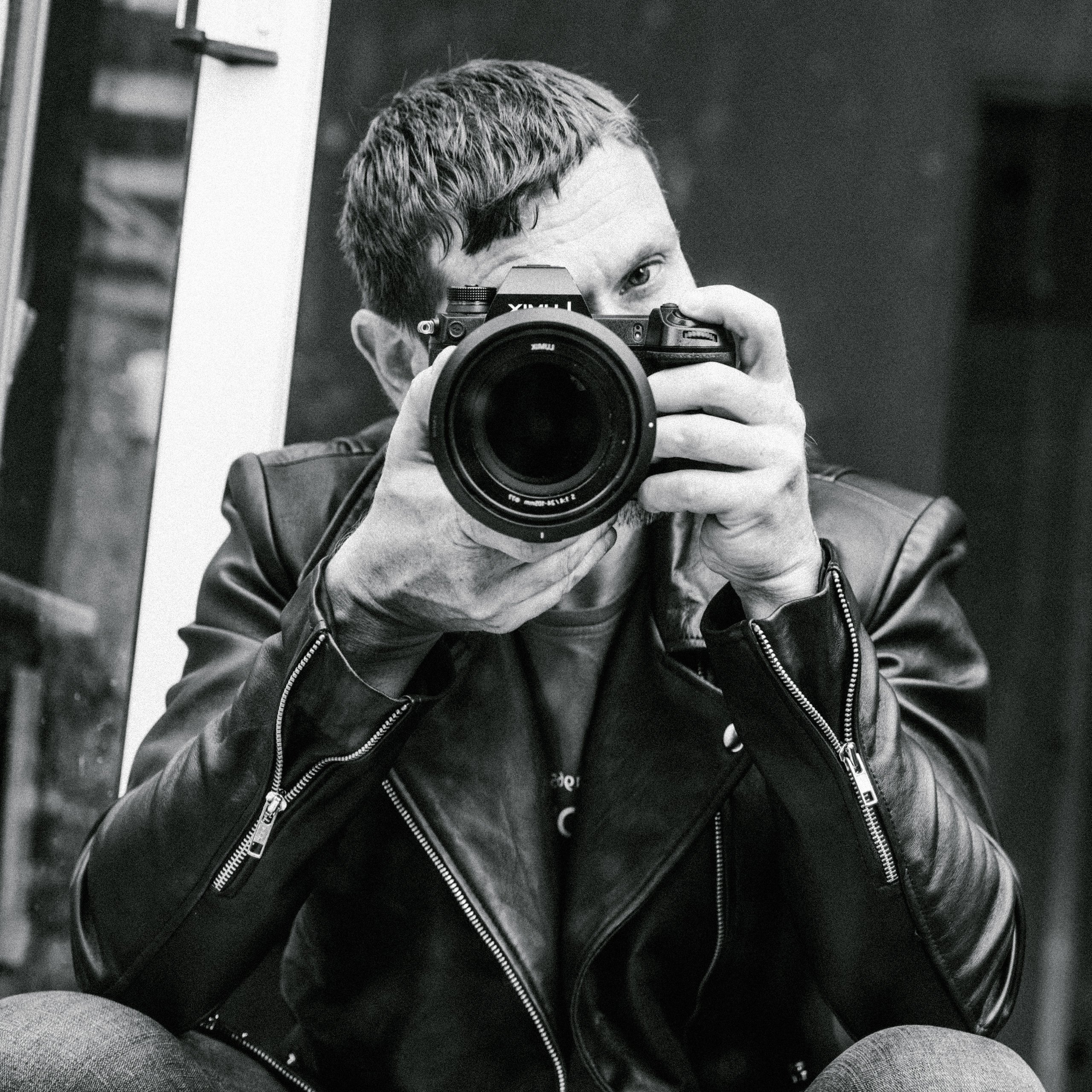
Nikon has announced the true successor to its seminal D850 DSLR, the Z8, a mirrorless camera that follows the lead taken by the company's flagship Z9.
The Z8 is a camera that has been an open secret for quite some time now. It's also been extremely eagerly awaited, not just because it was due to succeed photographer's favourite, the D850, but also due to rumours that it would contain much of the functionality of the flagship Z9 model.
Well, now the Z8 has been officially unveiled, and its specifications don't disappoint. The form factor of the Z8 is smaller than the Z9 due to the exclusion of the latter's built in battery grip. Nikon says that the Z8 is 30% smaller than the Z9 and 15% smaller than the D850.

Nikon Z8 main features
The Nikon Z8 features the same 45.7MP full-frame sensor and EXPEED processor as the Z9. And, just like the Z9, the Z8 has completely done away with the mechanical shutter. This also means that the Z8 retains the astounding 120fps 11MP cropped burst speed ability, 20fps raw burst, and 30fps full-frame JPEG burst. Additionally, using a DX crop, the camera can reach up to 60fps burst rates in JPEG format. The camera can even be asked to capture images for up to a second before you press the shutter button; something that will be very useful to sports photographers. Lastly, the camera can also take 10-bit HLG HEIF stills.
Video-wise, the Z8 can shoot at up to 8.3K resolution at up to 60p in 12-bit N-Raw format, as well as 4K in ProRes RAW. It's also possible to shoot 4.1K slow motion at up to 120fps in the N-Raw format. Nikon's recent settlement with RED means that the camera's N-Raw format is now safe to use without fear of it being taken out.
Interestingly, in 4K mode the camera can simulate a 2x zoom when shooting with prime lenses. Nikon claims there's no quality degradation due to the extremely high native resolution of the sensor.
The autofocus system is, you've guessed it, very similar to that found on the Z9, except that the Z8 has been given the capability to recognise aircraft, alongside the existing humans, pets, birds, trains, cars, motorbikes, and bicycles.
The rear LCD screen is a 3.2" affair that can be tilted vertically and opened out horizontally. Although, just like the Z9, it can't be reversed for self shooting. Various assistive displays are available for video shooting, including waveforms, focus peaking, zebras, and linear focus control for lenses. AF tracking speed can be adjusted and features such as timecode synch and 24-bit stereo audio recording are also available.

Physical features
The Z8 features twin USB-C ports so that users can simultaneously tether the camera to a computer while powering it from the mains or an external battery pack at the same time. Neat. Media wise, there's a CFexpress type B slot and a SD slot, so there's a choice of media type.
The Z8 has been designed with professionals in mind, so the body has been given ample environmental protection. It can be operated in temperatures down to -10-degrees celsius, and it has been constructed with a mixture of carbon fibre composite and magnesium to help increase strength while keeping a low weight.
Nikon stated in its press release that the Z8 also features a VR lock to prevent accidental damage to the image sensor when the power is turned off, a dual coating on the sensor to minimise the risk of dust adhering to the image sensor, as well as featuring a sensor shield for when users are attaching and detaching the lens.
Conclusions
The Nikon Z8 looks to be every bit the powerhouse camera that was predicted. The Z9 is an incredible device, and so the idea of having a camera with the same capabilities, but in a smaller package, is a tempting prospect. It does come at a price, however. Those expecting a budget Z9 will be disappointed. The Nikon Z8 will be available from May 25th at an RRP of $4000. Still, it is less expensive than the Z9, as well as being more portable.
We'll bring you a review of the system as soon as we can get our mitts on one.
Tags: Production Cameras


Comments